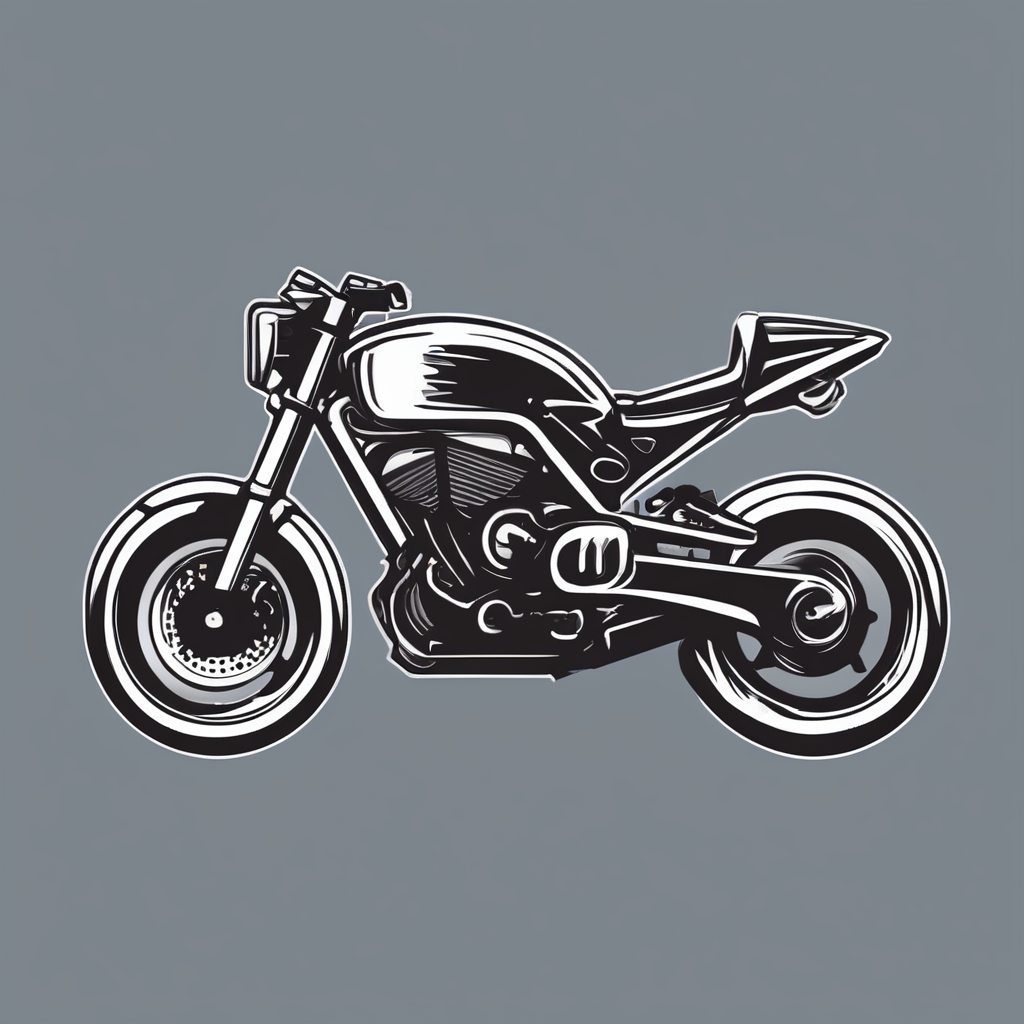Essential Timing for Wheel Bearing Checks on the Triumph Daytona 675
Maintaining the Triumph Daytona 675 wheel bearing check at optimal intervals is crucial for preserving both safety and performance. The manufacturer’s recommended maintenance schedule typically advises inspecting the wheel bearings every 12,000 to 15,000 miles or during major service intervals. These intervals align with preventing premature wear, which can lead to handling issues or unusual noises.
However, real-world factors can influence how often a Triumph Daytona 675 wheel bearing check should be performed. Riders who frequently tackle rough roads or engage in aggressive riding styles might require inspections more often to detect early signs of bearing degradation. Environmental elements such as water exposure and debris also accelerate bearing wear, necessitating a proactive approach beyond standard recommendations.
Have you seen this : Unlocking the gleam: top tips to safeguard your suzuki katana’s paint and keep it dazzling for years
Timely wheel bearing checks significantly impact motorcycle safety by ensuring smooth wheel rotation and stable handling. Neglecting these inspections can result in compromised steering precision or unexpected failures. Therefore, adhering to an adaptive, situation-aware maintenance schedule is key to maximizing the Triumph Daytona’s reliability and rider confidence on the road.
Critical Signs Indicating Wheel Bearing Inspection or Replacement
When considering signs of worn wheel bearings, it’s crucial to distinguish between immediate warning signs and gradual wear indicators. The Daytona 675 often exhibits audible clues such as a persistent humming or grinding noise that changes with speed. This sound results from compromised wheel bearings struggling to maintain smooth rotation.
This might interest you : Ultimate guide to diagnosing and fixing oil leaks on your ktm 1290 super duke gt
Warning symptoms also include noticeable vibration or wobbling felt through the handlebar, especially at higher speeds. These sensations signal instability that directly impacts rider safety. Moreover, uneven tire wear can be another subtle indication, revealing misaligned or faulty bearings.
Ignoring these safety indicators carries significant risks. Wheel bearing failure can cause wheel lock-up or unpredictable steering, increasing crash risk. Early detection allows for timely inspection or replacement, preventing damage to adjacent parts like the axle or suspension.
For owners seeking detailed diagnostics or replacement guidance for the Daytona 675, referring to manufacturer maintenance manuals or consulting certified mechanics is advisable. Proactive attention to these warning symptoms ensures continued performance and safety during rides.
Step-by-Step Wheel Bearing Inspection Process
An essential guide for Triumph Daytona 675 owners
Before beginning your wheel bearing inspection, ensure you have the right tools: a jack, jack stands, a wrench set, and a torque wrench. Safety is paramount — always work on a flat, stable surface and wear gloves and eye protection.
Start with the front wheel. Lift and secure the bike using the jack stands. Grasp the wheel firmly at the 12 and 6 o’clock positions and try to rock it back and forth. Any noticeable play could indicate bearing wear. Next, spin the wheel by hand to listen for roughness or grinding sounds — signs of bearing damage. Repeat the process on the rear wheel.
For a more precise check, remove the wheel if comfortable. Inspect the bearing races for rust, corrosion, or pitting during removal. Use a dial indicator if possible to measure any lateral play in the hub.
Always follow the inspection procedure closely to avoid misdiagnosis. Small bearing issues can escalate if overlooked. Confidence grows with each inspection, making the Triumph Daytona 675 DIY maintenance more approachable and cost-effective.
Factors Impacting the Frequency of Wheel Bearing Checks
Understanding when to perform wheel bearing checks depends largely on several key factors such as riding conditions, environmental effects, and usage patterns. Mileage plays a significant role; higher distances traveled naturally increase wear, demanding more frequent inspections to detect early signs of bearing deterioration.
Terrain type also influences maintenance timing. Riding on rough or uneven terrain, such as gravel or off-road trails, stresses wheel bearings more intensely compared to smooth asphalt, accelerating wear. Environmental effects like exposure to water, dirt, or dust further contribute to bearing degradation by introducing contaminants that impair lubrication and cause corrosion.
Aggressive riding styles or track use impose additional mechanical strain, heightening the risk of damage to bearings. For example, motocross riders often require more frequent wheel bearing checks due to repeated impacts and harsh conditions.
Establishing a personalized maintenance schedule involves evaluating these variables. Keeping a log of mileage and noting any changes in terrain or riding intensity can guide riders in determining the optimal intervals for inspections, ensuring wheel bearings remain in reliable condition without unnecessary overchecking. This approach helps maintain safety and prolongs the lifespan of wheel components.
Expert Tips for Extending the Life of Wheel Bearings
Understanding how to prolong wheel bearing longevity can save you time and money.
Proper lubrication is crucial for wheel bearing longevity. Using high-quality grease designed specifically for wheel bearings ensures smooth operation and prevents premature wear. Applying the right amount—not too little or too much—is essential to avoid overheating or attracting dirt. Brands made for heavy-duty use or specifically for motorcycles like the Triumph Daytona typically perform best.
During installation, handle wheel bearings with care. Avoid contaminating them with dirt or moisture, and ensure they fit snugly without forcing. Misalignment or improper seating can significantly reduce their lifespan. Using torque specifications recommended by Triumph aids in avoiding over-tightening, which stresses the bearings.
Preventative maintenance is another key. Regularly inspect bearings for signs of wear or damage, especially after rides through rough terrain or wet conditions. Seals should be checked and replaced if compromised, as they protect bearings from contaminants. Observing these practices will contribute to reliable performance and enhance wheel bearing longevity on your Triumph Daytona.
